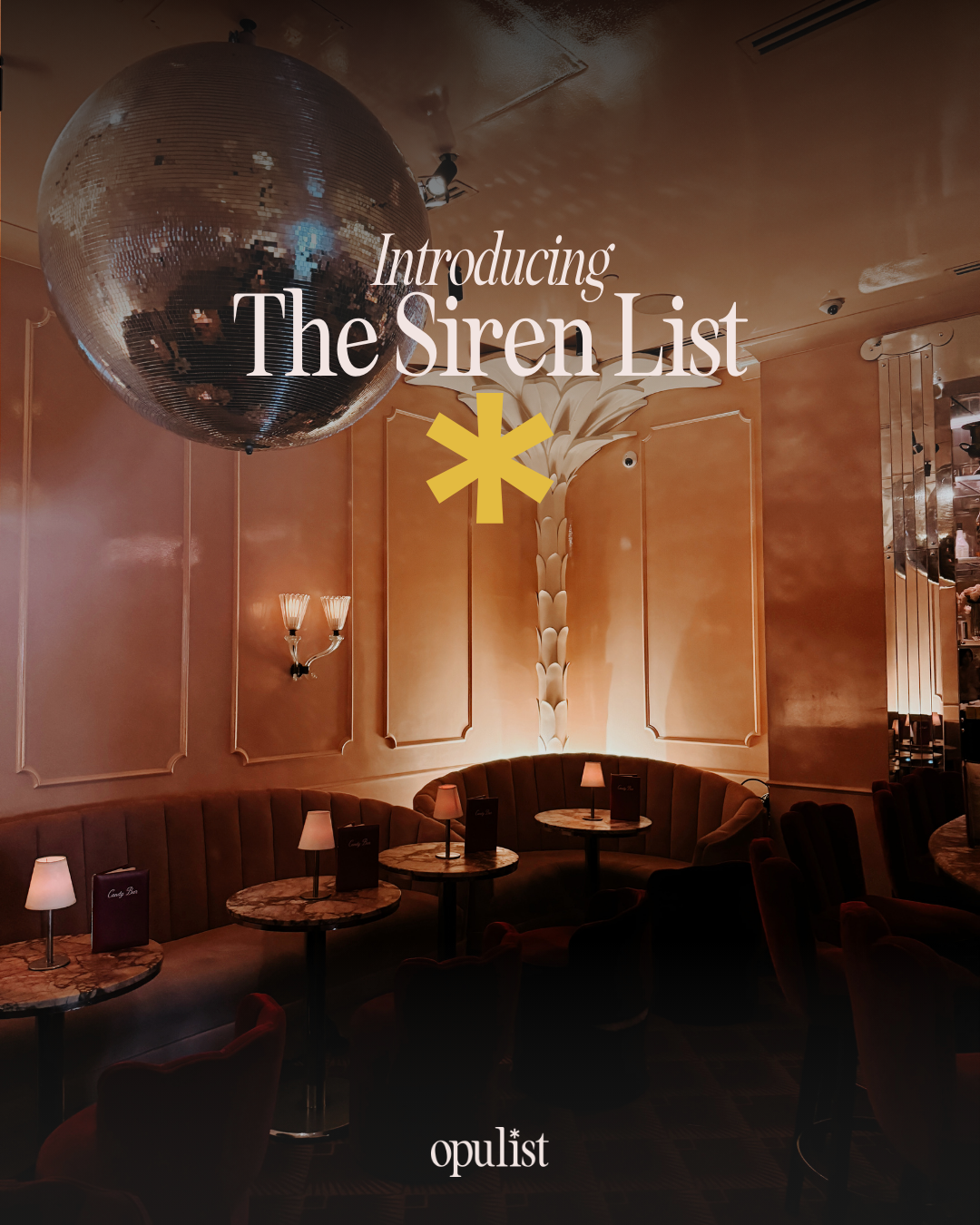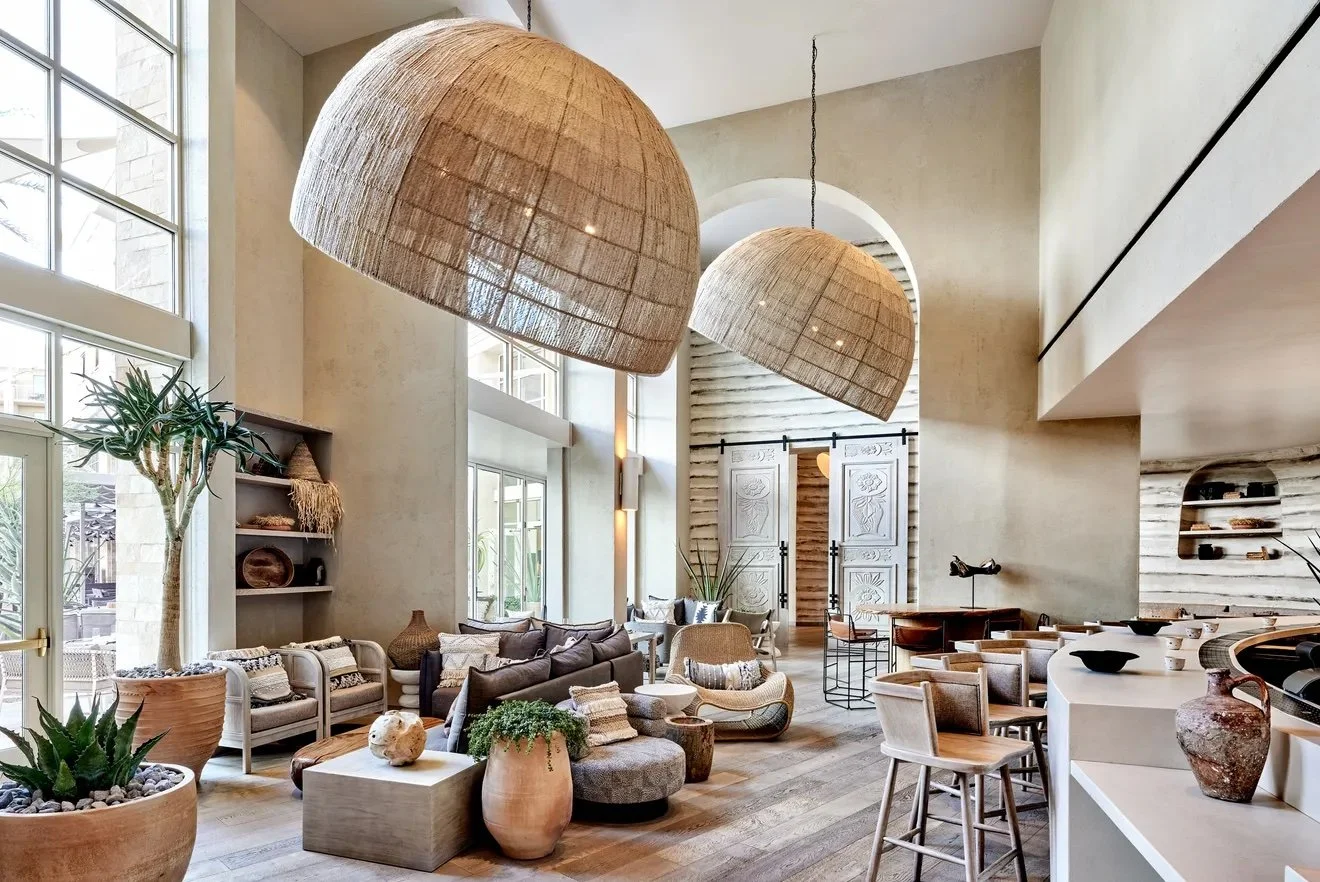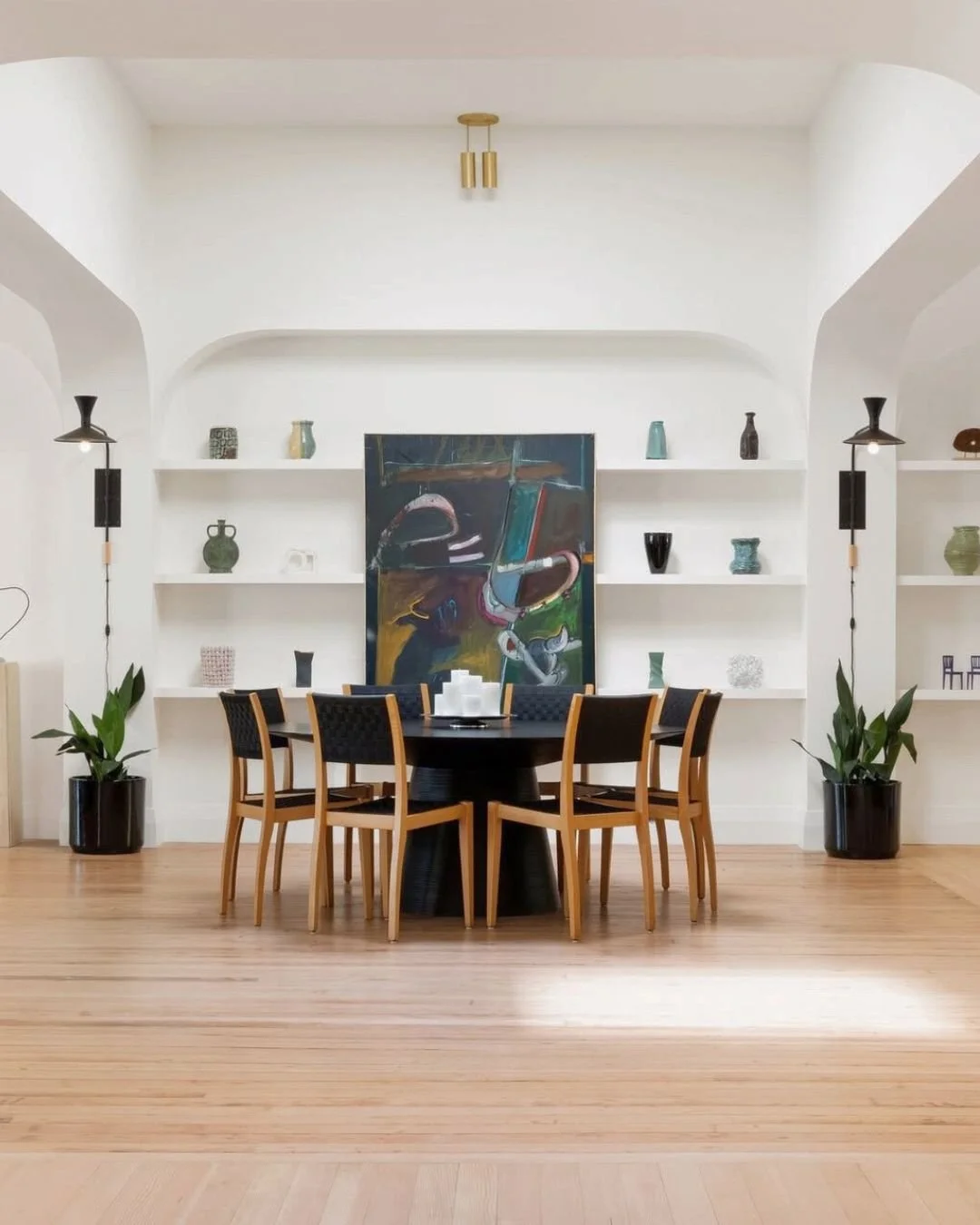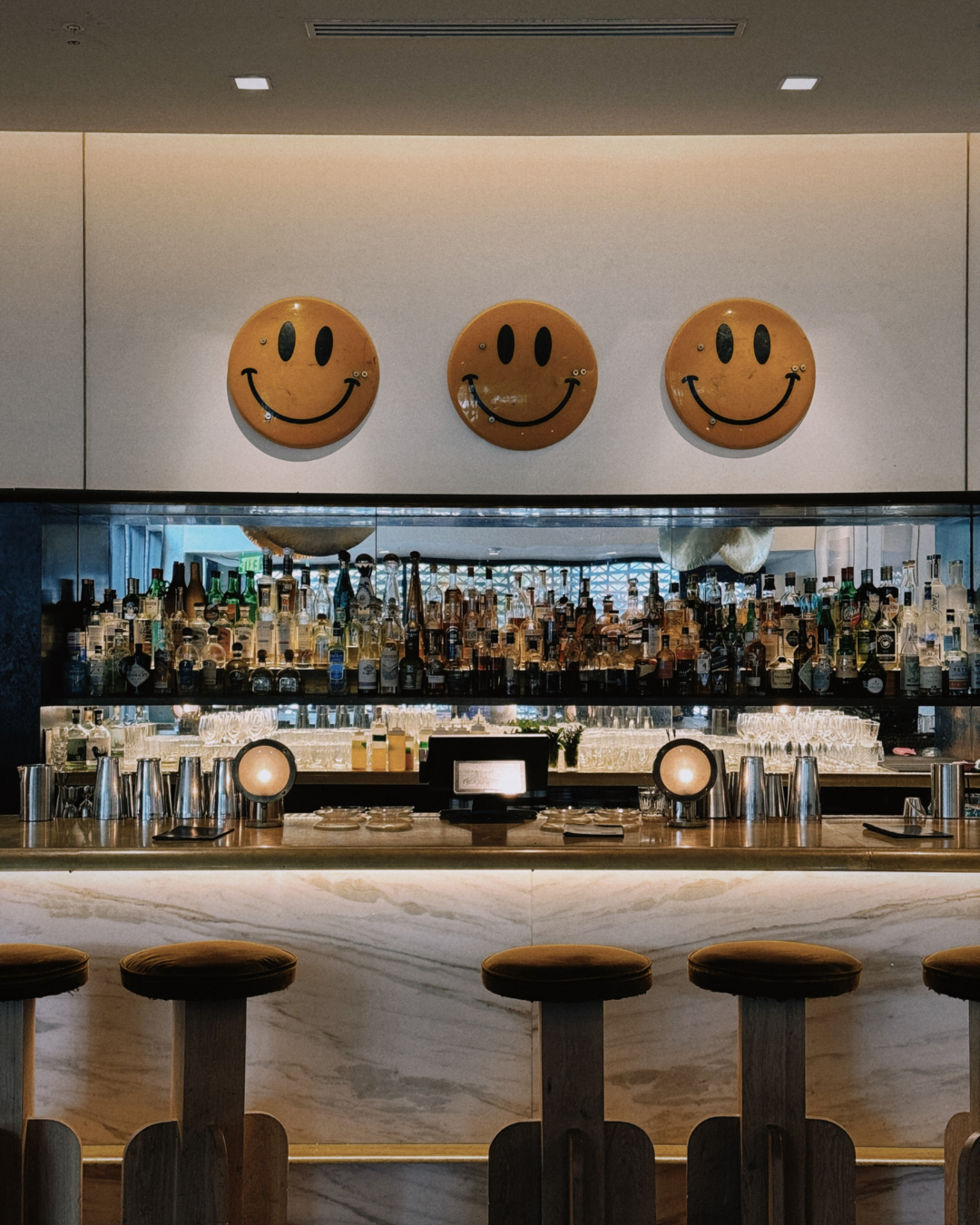Neuroaesthetics: The Science Behind Beautiful Spaces
Granger Hotel, San Diego, CA | Image via Opulist
Have you ever noticed how you feel drawn to certain spaces, objects, or environments - often before you can even articulate why? The answer lies in a fascinating and rapidly growing field called neuroaesthetics.
At its core, neuroaesthetics is the scientific study of how the brain responds to beauty. It brings together neuroscience, psychology, art, and design to understand how aesthetics impact our emotions, behaviors, and choices. But beyond theory, neuroaesthetics has very real applications in how we move through life - from the places we travel to, to the hotels we book, the restaurants we frequent, and even the brands we trust.
A Brief History of Neuroaesthetics
The formal study of neuroaesthetics began in the early 2000s, when neuroscientist Semir Zeki coined the term to describe research focused on the neural mechanisms involved in aesthetic experiences. Zeki and other researchers used brain imaging to observe how people respond to visual stimuli - such as paintings, faces, or architecture - and found consistent patterns: certain areas of the brain light up in response to perceived beauty, particularly the medial orbitofrontal cortex, a region associated with reward and pleasure.
But the roots of aesthetic appreciation run much deeper.
In his 2009 documentary Why Beauty Matters, philosopher Roger Scruton argues that beauty is not a luxury or indulgence - it's a human need. He makes the case that beauty elevates the human spirit, offering a sense of order, harmony, and transcendence in a chaotic world. Scruton believes that our pursuit of beauty connects us to meaning, and that ignoring or devaluing beauty leads to a spiritual void in modern life.
This view echoes across disciplines.
In her book Aesthetic Intelligence, former LVMH chairwoman Pauline Brown expands on this idea through a business lens, suggesting that aesthetic intelligence - the ability to understand and apply beauty in meaningful ways - is not just a creative trait, but a powerful business asset. “When cultivated,” she writes, “aesthetic intelligence can transform products, brands, and customer experiences into something truly unforgettable.”
Sky Room - Long Beach Breakers, Long Beach, CA | Image via Opulist
The Neuroscience of Beauty
So what exactly happens in the brain when we experience beauty?
According to Dr. Tara Swart, a neuroscientist and medical doctor, our brains are constantly seeking out cues that signal safety, reward, and balance. Beauty - whether visual, auditory, or tactile - can activate the brain’s dopaminergic pathways, increasing motivation and a sense of well-being. Dr. Swart explains that surrounding ourselves with beauty has a measurable impact on our mindset, stress levels, and even productivity. In other words: aesthetics aren’t superficial - they’re neurochemical.
This is why we gravitate toward thoughtfully designed spaces. A harmonious hotel room, a perfectly plated dish, or a serene natural setting isn’t just “nice to have” - it can actually shift our internal state, fostering calm, creativity, and presence.
Beauty as a Signal of Abundance
Historically, beauty has always been a sign of abundance and stability. In early human evolution, lush landscapes, symmetry, and flowing water suggested access to resources and safety. Our brains evolved to interpret these visual cues as signs of prosperity and well-being. Even now, we instinctively associate clean lines, soft lighting, and harmonious colors with quality and care - because they trigger the same survival-based neural responses.
And in our current culture, beauty still signals something more: intention, presence, and lifestyle. We're drawn to environments that feel considered - not just decorated, but designed with feeling. It’s why places that blend aesthetics with authenticity stand out. We don’t just see them - we feel them.
How Neuroaesthetics Shapes Our Daily Lives
Today, neuroaesthetics influences far more than gallery visits or museum design. It affects where we choose to spend our time - and our money.
Whether we realize it or not, we're constantly evaluating aesthetics when choosing:
How we decorate and curate our homes - Aware of how it affects our mental health, we are intentional about how we design and maintain the spaces we spend the most time in.
Where to stay - We book places that feel curated and elevated, not just clean or convenient.
Where to eat and drink - We’re drawn to restaurants with intentional ambiance, not just good menus.
What to buy - Packaging, color palettes, and brand storytelling all play to our aesthetic intuition.
What to share - In a visually driven world, we subconsciously seek out spaces that photograph beautifully.
This is more than just taste - it’s a deep neurological response to our environment.
Candy Bar, Detroit, MI | Image via Opulist
Why Opulist Exists
At Opulist, we believe in the power of beautiful spaces to inspire, restore, and elevate everyday experiences. What started as a preference and motivation to seek out the most beautiful places everywhere we went, has turned into a quest to not only uncover every beautifully made space, but to shine a light on them so you can more easily find yourself in the presence of beauty as often as you’d like.
On the surface I think most of us would agree that we tend to enjoy being surrounded by beauty, but when we dig deeper, we learn there are hard-wired biological and evolutionary reasons for this. Appreciating and creating beauty is a part of our birthright as humans, a sacred honor to get to add our personal touch to all we create, and to keep creating a world that’s more beautiful than how we found it - whether that’s in preserving the life-giving nature that sustains us, or in building and designing intentional structures from a conscious space that adds joy and comfort to the world at large. What a gift to be a part of creating and appreciating that world together.
The Aesthetic Edit is your go-to source for design-forward restaurants, bars, hotels, and more. Keep following along to find more aesthetically appealing content just like this.
Head to Opulist’s search page to discover the most beautiful and aesthetic places to travel to all throughout the states.

































